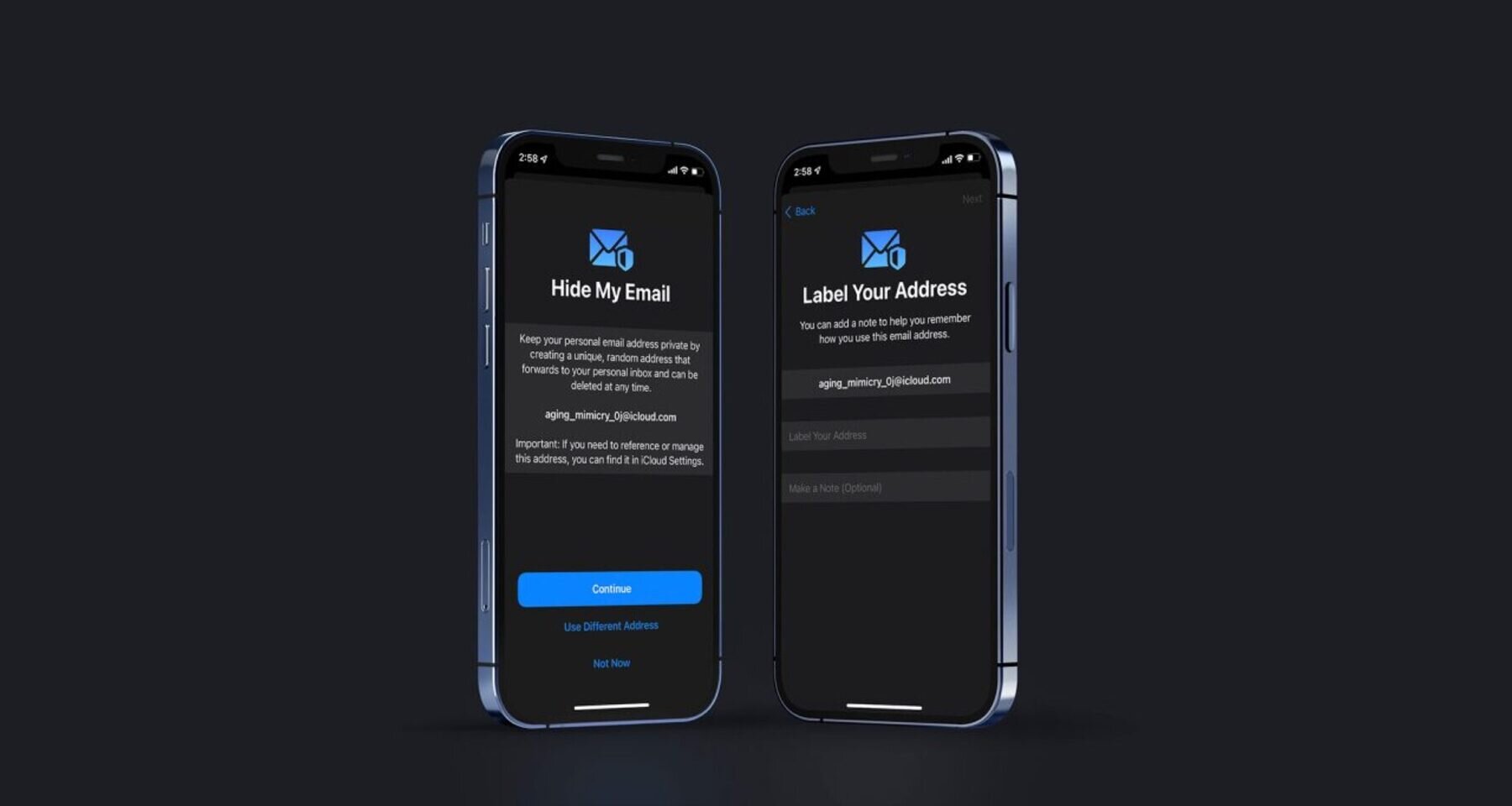What is the Apple Mail Privacy Protection update?
If you work in digital marketing, you’ve likely experienced a number of situations where tech companies have announced updates that have threatened your entire work model. This time around, the update has come from Apple and has the potential to wreak havoc for email marketers.
At their Worldwide Developers Conference (WWDC), Apple announced a number of updates for iOS, iPadOS and macOS, as part of their iOS15 release. One of these updates was the introduction of Mail Privacy Protection, which would allow users to opt-in or -out of data sharing through Apple Mail. Opting in to Mail Privacy Protection, would see email marketers no longer able to tell if a user has opened their email or not. It would also see the introduction of Hide My Email which would allow a user to mask their email address with a fake one, so that they could continue to receive the content they want, without senders accessing their data. Finally, it would hide the IP addresses of users, making it impossible for marketers to determine their location or track their online activity.
Since then, the update has gone live and we’ve been able to see the true impact this update has had on email marketing strategies.

How has it impacted email marketing?
Open rates is less accurate
Open Rate had previously formed the baseline of many email marketing campaigns. However, Apple’s new email privacy notice means that it is now impossible to tell if a user has opened your email or not. Whilst you can still track the Open Rate of users on other email applications, you cannot form a complete picture, making it an overall less reliable metric to track.
Geographic targeting and segmentation is less reliable
Without access to your users’ IP addresses, geographic targeting and segmentation has become a lot more challenging. Being unable to categorise and target users based on their location or schedule emails to reach users at a certain time is sure to have an impact on how you tailor your email marketing strategy.
A/B testing is more difficult to conduct
A/B testing the subject lines of your emails was previously a great way to discover your users’ preferences. However, without the means to access user email addresses or track the Open Rate of your emails, it has become a lot more difficult to determine which of your emails is most popular with your users.

What can be done to minimise the impact?
Track other metrics
Whilst Open Rate has always been an extremely popular metric to track, there are other data options which can be used to monitor the performance of your emails. We’d recommend making Click-Through Rate your new baseline metric, as this will show how many users are interacting with your email, no matter what email application they use.
Make the most of CTAs
Once you’ve made Click-Through Rate your primary metric, you’ll want to do everything you can to get users to engage with your email. Whether you ask your users to submit feedback, complete a survey or check out your new product range, it’s important you make the most of CTAs to encourage users to interact.
Communicate with your users
Whilst Apple are providing users with the opportunity to prevent data sharing, you might be able to influence their decision to opt-in or opt-out. By simply communicating with your users, you can explain how data sharing improves the user experience, from personalised offers to tailored messaging. Although it isn’t a guaranteed way of ensuring your users opt-in to data sharing, it doesn’t hurt to try!
Ask for location on email sign up
Following on from communicating with your users, there’s no reason you can’t ask for users to input their location on email sign-up. This is a simple way to collect data about your users’ locations and will allow you to continue creating audience segments for email targeting.

Need further help with your email marketing strategy?
Whilst Apple’s Mail Privacy Protection update is sure to have an effect on your email marketing strategy, there are steps you can take to minimise the impact.
If you need further guidance on preparing and monitoring your email campaigns, feel free to get in touch. Our team of email marketing experts are always on hand to help!




